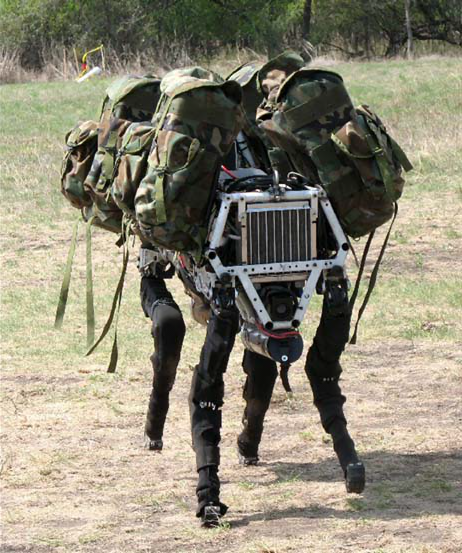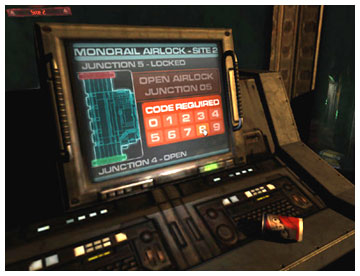Blue’s News has posted a portion of the features listed in the “Guide” to Microsoft’s upcoming gaming platform: the eagerly anticipated Xbox 2. Among the features of note are:
* Marketplace. Browseable by game, by genre, and in a number of other ways, the Marketplace will provide a one-stop shop for consumers to acquire episodic content, new game levels, maps, weapons, vehicles, skins and new community-created content.
* Micro-transactions. Breaking down barriers of small-ticket online commerce, micro-transactions will allow developers and the gaming community to charge as little as they like for content they create and publish on Marketplace. Imagine players slapping down $.99 to buy a one-of-a-kind, fully tricked-out racing car to be the envy of their buddies.
Some of you out there understand why I initially chose “reBang” as my company name: it referred to the creation of real world product additionally leveraged as virtual content. This makes sense since the modern development of tangible goods almost always now involves the creation of a virtual 3D representation.
I’ve been waiting for the chance to straddle two worlds for some time, and the implementation of Marketplace and Micro-transactions features in MS’s console signals that this may now soon be possible (the first issue, high-rez content, has been resolved with the latest technology as demonstrated in Half-Life 2, Doom3, and the forthcoming Unreal 3 game engine).
Looks like I need to get myself in gear and position myself appropriately now that the time is fast approaching for this to happen. And that may mean less “shotgun” blogging and more focus. It was coming anyway.



 One of my favorite sites (obviously), MIT’s
One of my favorite sites (obviously), MIT’s